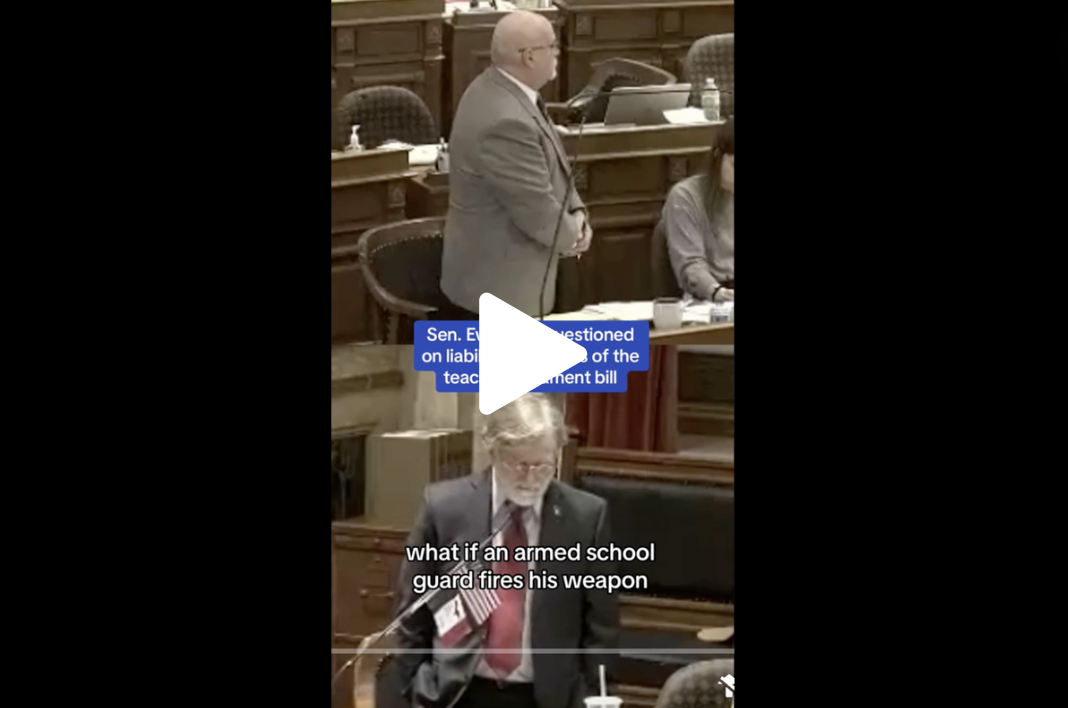
Iowans returned their absentee ballots at record rates this year despite fears that a new law passed by Republicans might cause a significant number of ballots to go uncounted.
Secretary of State data appears to show an overall absentee return rate of 97.5%, the highest percentage in at least the past ten years, going back to 2012. The previous high was in 2020, with a 95.3% rate, and the lowest was in 2014, with an overall return rate of 89.7%. There are some important caveats here we’ll dive into.
Many reasons can explain this change, but the important thing for future campaigns to recognize—especially Democratic ones—is that fears of massive disenfranchisement of absentee voters did not materialize, and that voting by mail efforts remain one of the most effective ways to boost turnout.
Let’s dig into the data.
First of all, 2022 saw a dramatic drop-off in Iowans voting early. Only 370,581 votes were from early voting/absentee ballots in 2022, by far the lowest in ten years. Compare that to 547,205 early votes in the last midterm election of 2018 or 469,185 early votes in the low-turnout election of 2014.
In past years, campaigns liked to sign up infrequent voters with absentee ballots. Naturally, this meant some lower return rates. If you sign up Iowans who were only 50/50 on voting in the first place, you’re not going to get as high a return rate as if you signed up Iowans who vote every single election.
But the reasons why campaigns still took this chance is that by signing up tens of thousands of Iowans who may have only had a 50% likelihood of voting at all on their own at the polls, getting an absentee ballot to their house may up that likelihood to 80%. Overall, you come out way ahead.
Still, there were worries this year that even committed voters might not get their absentee ballot counted because Republican changes required ballots to arrive at the county auditor’s office by 8pm on election night instead of simply being postmarked before Election Day. The data simply doesn’t bear out those concerns.
Here’s the overall absentee return rate by year:
2022: 97.5%
2020: 95.3%
2018: 94.0%
2016: 94.8%
2014: 89.7%
2012: 93.0%
At this point you might be asking, but didn’t the absentee law changes encourage people to vote in-person this year more than in the past? And if you vote in-person, your absentee ballot has a 100% rate. So wouldn’t that naturally boost this year’s numbers?
Absolutely.
But fortunately for us, this year the Secretary of State broke out the ways in which people requested and returned absentee ballots, like so:
Previously, this was all just one number.
So I broke out the Mail and Drop Box numbers into a separate column to figure out what the return rate for vote-by-mail absentee ballots sent to people’s homes likely were. And for that total, Democrats enjoyed a 94.1% return rate.
That is a spectacular return rate. It also beats or matches the overall Democratic return rates (which would include those 100% in-person returns) in all but one of the past five elections.
Here’s the Democratic return rates by year:
2022: 96.9% (overall), 94.1% (by mail)
2020: 95.0%
2018: 93.3%
2016: 94.1%
2014: 88.2%
2012: 92.0%
Also, in case you want to see, Democrats had a little more mail requests than in-person absentees this year, while Republicans voted early in-person two-to-one over by-mail.
Again, we don’t have data broken out like this for past years, but I think it’s safe to assume that by-mail absentees were a smaller percentage of the overall early vote in 2022.
Something else interesting to look at is the change in absentee requests by party in 2022. Republicans’ early vote numbers absolutely collapsed this cycle, likely due to Donald Trump’s conspiracy theories. The Republican early vote was only about 64% of the final 2018 GOP early vote.
Democrats, meanwhile, got up to about 81% of their 2018 early vote.
Had Democrats expanded their universe of voters they were signing up for absentees and filled in that gap between with the other 19%, would that really have impacted return rates so much it’d drag 2022’s number down way below previous years? Probably not.
I wouldn’t be surprised if the shortened early vote window (which some Democrats realized wasn’t the worst thing in the world) also improved the mail return rates.
In past years, absentee ballots could sit around and get lost on someone’s coffee table for six weeks because they could arrive in mid/late-September. The new three-week window may have increased the urgency for voters and lessened complacency.
So, what does this mean? The full impact of new voting laws are always hard to quantify given that motivations to vote swing wildly every two years depending on who’s on the ballot. And when we get more detailed numbers, we’ll likely see that turnout was depressed in low-income areas and precincts with many people of color.
But when it comes to campaign strategy, some best practices we knew from past years haven’t changed much despite new fears.
Yes, any Republican attempt to make voting more difficult should be vigorously opposed.
And yes, it remains the best idea to go vote in-person at your county auditor’s office for those who actually have the time and ability to do so.
But campaigns and county parties should still be looking at the big picture when it comes to their overall turnout strategy. And voting by mail remains a highly effective way to turn out voters who are less likely to vote (as long as you have a good field plan to go along with it, of course).
Every single election, some people’s absentee votes are not going to get counted, and that is awful and a tragedy and people should do everything to prevent it. But campaigns and local parties also shouldn’t freak out over the possibility that several dozen—or even hundreds—of voters they target may not return their ballots if, at the same time, their turnout efforts got tens of thousands of absentee ballots into the hands of voters who were questionable to vote. Especially when return rates are over 90%.
And there are obviously all kinds of ways to build a field program that accounts for the various tricky situations of absentee plans.
But my point here is that Democrats would be unwise to abandon sweeping vote-by-mail efforts in the future simply because the early vote window and return policy narrowed—this year’s data simply doesn’t reflect the worst-case scenario that was feared. Indeed, Republicans’ abandonment of early voting presents a huge opportunity. Absentee ballots still remain a highly effective way to turn out voters.
by Pat Rynard
12/22/22
[inline-ad id=”0″]
If you enjoy stories like these, make sure to sign up for Iowa Starting Line’s main newsletter and/or our working class-focused Worker’s Almanac newsletter.
Iowa Starting Line is part of an independent news network and focuses on how state and national decisions impact Iowans’ daily lives. We rely on your financial support to keep our stories free for all to read. You can contribute to us here. Also follow us on Facebook and Twitter.
Politics

It’s official: Your boss has to give you time off to recover from childbirth or get an abortion
Originally published by The 19th In what could be a groundbreaking shift in American workplaces, most employees across the country will now have...

Trump says he’s pro-worker. His record says otherwise.
During his time on the campaign trail, Donald Trump has sought to refashion his record and image as being a pro-worker candidate—one that wants to...
Local News

No more Kum & Go? New owner Maverik of Utah retiring famous brand
Will Kum & Go have come and gone by next year? One new report claims that's the plan by the store's new owners. The Iowa-based convenience store...

Here’s a recap of the biggest headlines Iowa celebs made In 2023
For these famous Iowans, 2023 was a year of controversy, career highlights, and full-circle moments. Here’s how 2023 went for the following Iowans:...







